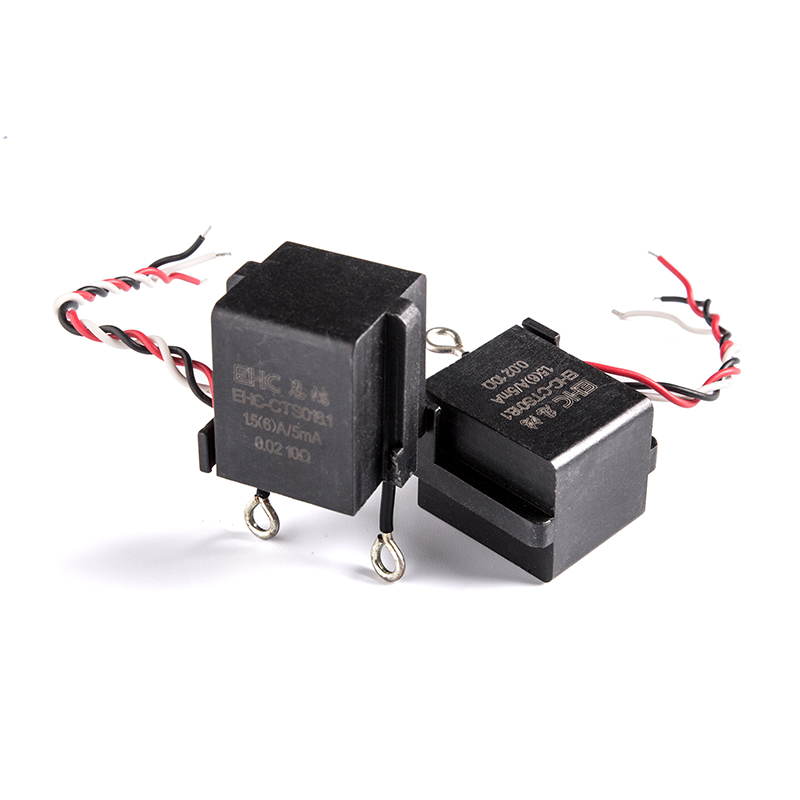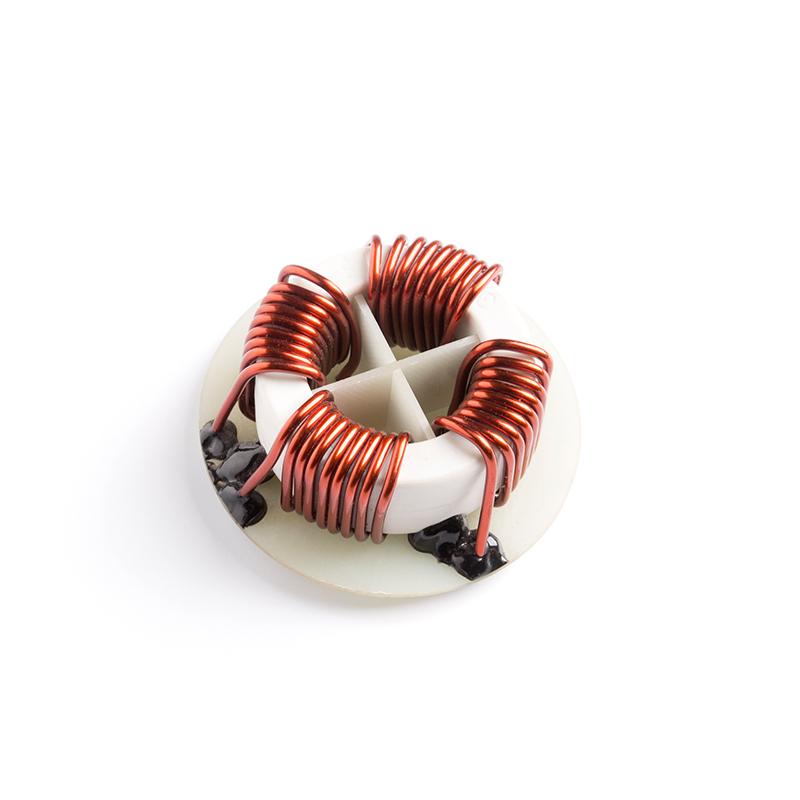Current transformers (CTs) are devices used in electrical systems to measure and monitor the current flowing through a conductor. They are a type of instrument transformer that transforms high currents found in power lines or circuits into smaller, manageable currents that can be safely measured and monitored. CTs play a crucial role in a variety of applications within electrical systems, primarily focusing on current measurement and protection.
Primary Function:
The primary function of current transformers is to accurately measure and monitor the electric current in power systems. They are designed to provide a proportional secondary current that is directly related to the primary current passing through the conductor. This secondary current can then be easily measured by instruments such as ammeters, meters, relays, or other monitoring devices.
Key Purposes and Applications:
Metering and Monitoring: CTs are widely used for energy metering and monitoring purposes. They enable accurate measurement of current consumption in industrial, commercial, and residential settings. This information is essential for billing, energy management, and load analysis.
Protection and Control: In power distribution systems, CTs play a critical role in protective relaying. They provide current signals to protective relays that monitor abnormal conditions such as overcurrent, short circuits, and ground faults. When a fault is detected, these relays activate protective measures to isolate the faulty section of the system and prevent damage to equipment or personnel.
Transforming High Currents: CTs are used to transform high currents to a lower, standardized value suitable for measurement or protective relaying. This enables the use of smaller and more manageable instruments in control rooms and substations.
Fault Detection: Current transformers aid in the detection of faults by providing information about current imbalances or abnormalities in the system. Sudden increases in current, for example, can indicate a short circuit or fault.
Ground Fault Detection: CTs are often used in combination with ground fault relays to detect and respond to ground faults, which occur when current flows from the power system to the ground due to insulation failures or faults.
Motor Protection: CTs are employed in motor control centers and panels to monitor the current drawn by motors. This information helps prevent damage to motors due to overcurrent or undercurrent conditions.
Power Quality Analysis: CTs are used to gather data for power quality analysis, helping to identify issues like harmonic currents or voltage fluctuations that can affect the performance of sensitive equipment.
Substation Monitoring: In electrical substations, CTs are essential for monitoring the current flow in and out of transformers, circuit breakers, and other components.
What are current transformers (CTs), and what is their primary function in electrical systems
Recommended Products
-
 View More >>
View More >>
Non-Toroidal C-Type Cut Amorphous Nanocrystalline Cores
Industry: Amorphous Nanocrystalline Core
-
 View More >>
View More >>
EHC-VCT Series for Power supply
Industry: Current Transformer
-
 View More >>
View More >>
Transformers Cores Amorphous Nanocrystalline Cores
Industry: Amorphous Nanocrystalline Core
-
 View More >>
View More >>
Amorphous Nanocrystalline Inductor Cores
Industry: Amorphous Nanocrystalline Core
-
 View More >>
View More >>
CTS Series Terminal High Precision Amorphous Nanocrystalline Current Transformers
Industry: Current Transformer
-
 View More >>
View More >>
Rectangular hysteresis loop Cores
Industry: Amorphous Nanocrystalline Core
-
 View More >>
View More >>
High Linear Current Transformers
Industry: Current Transformer
-
 View More >>
View More >>
Common Mode Choke Amorphous Nanocrystalline Inductors
Industry: Amorphous Nanocrystalline Inductors

 English
English 中文简体
中文简体 Deutsch
Deutsch 日本語
日本語

